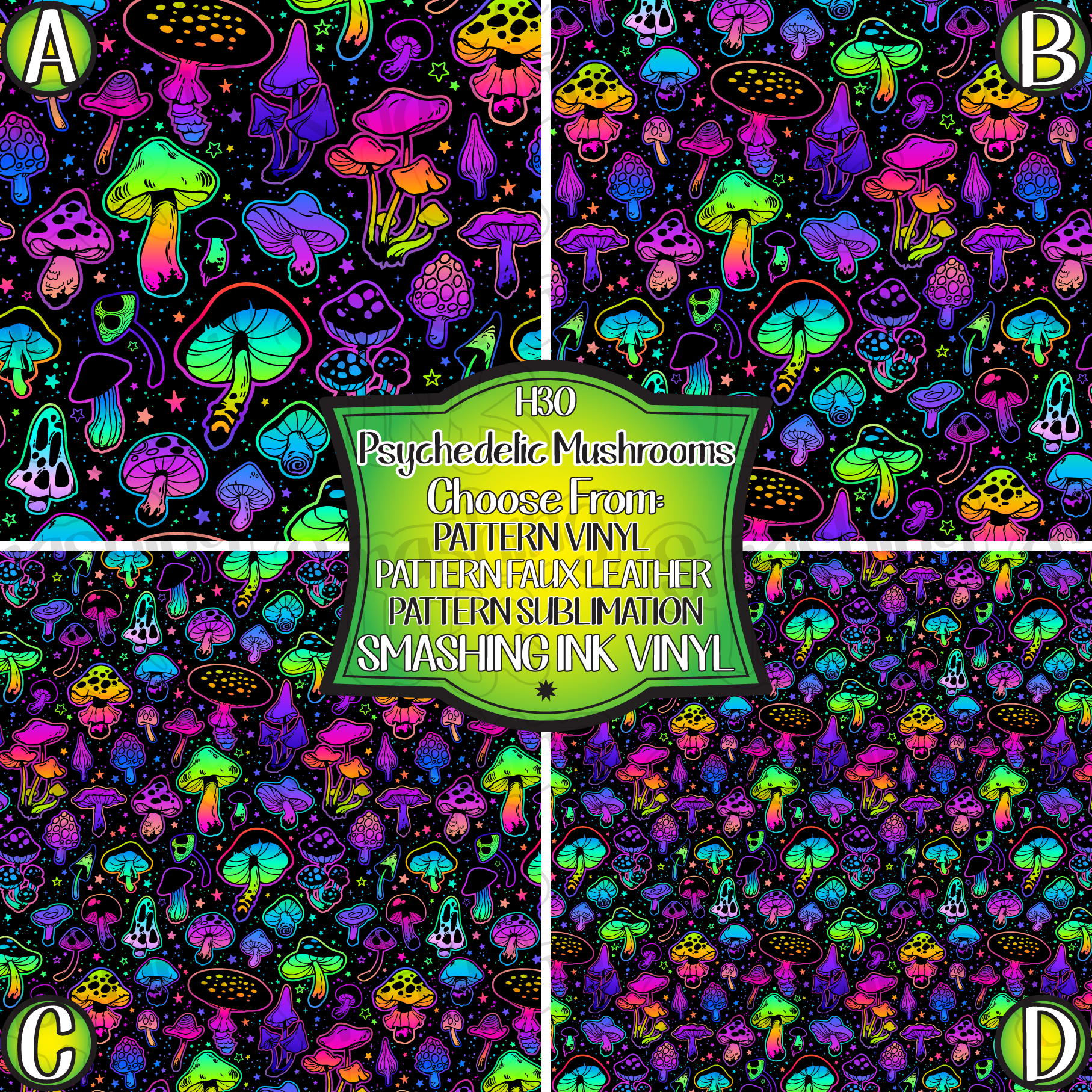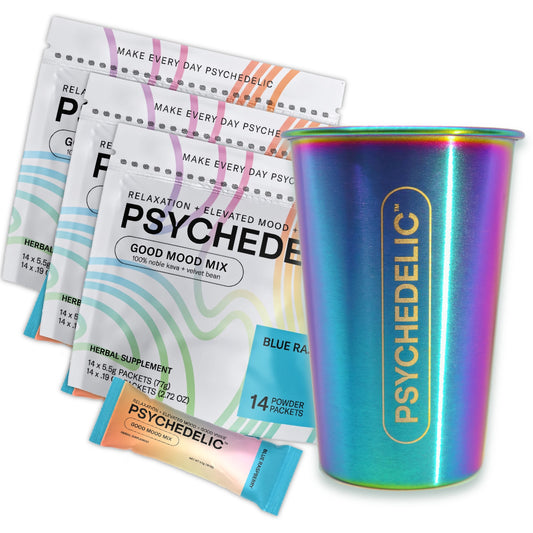Everything About Psychotomimetic Compounds: Their Duty in Psychological Research
Psychotomimetic compounds, such as LSD and psilocybin, have actually garnered boosting passion in psychological research study for their capacity to replicate psychotic signs and give insight into numerous psychological health conditions. Their communications within the mind, particularly with serotonin and dopamine paths, recommend a complex connection in between awareness and neurobiology that might open novel therapeutic opportunities. As scientists proceed to explore their potential applications, ethical factors to consider bordering their usage in professional settings become vital, increasing essential questions about security and notified approval that call for more expedition.
Interpretation of Psychotomimetic Substances
In the world of emotional study, psychotomimetic substances are materials that can induce effects looking like those of psychosis, such as hallucinations, misconceptions, and transformed assumptions of truth - About Golden Psycho. These compounds can be classified into various groups, including hallucinogens, dissociatives, and specific energizers, each producing distinctive psychological results
The medicinal action of psychotomimetic substances typically involves modulation of natural chemical systems, particularly those relevant to serotonin, dopamine, and glutamate. As an example, materials like lysergic acid diethylamide (LSD) primarily act on serotonin receptors, leading to extensive modifications in sensory understanding and cognition.
The energy of psychotomimetics in study depends on their ability to mimic psychotic signs and symptoms, offering a model for comprehending the hidden mechanisms of psychotic conditions such as schizophrenia. By examining the impacts of these compounds, researchers can obtain insights into the neurobiological and emotional processes that add to psychosis.
In addition, psychotomimetic substances have actually been explored for their therapeutic possibility in treating different mental health and wellness conditions, including depression and anxiousness, highlighting their double role in both research and prospective medical applications.
Historical Advancement and Context
The exploration of psychotomimetic compounds has an abundant historic context that goes back to ancient human beings, where materials such as psilocybin mushrooms and peyote were used in spiritual and recovery methods. These early uses typically linked with spiritual routines, recommending an extensive reverence for the transformed states of consciousness generated by these substances.
The mid-20th century marked a significant turning factor in the research study of psychotomimetic substances, especially with the synthesis of LSD by Albert Hofmann in 1938. The succeeding popularization of LSD in the 1960s militarized a wave of rate of interest in both its mental effects and prospective restorative applications. Researchers started to explore just how these materials can mimic psychotic states, offering understandings into psychological disease.
Nevertheless, the enhancing organization of psychotomimetics with counterculture movements brought about regulative backlash, culminating in the criminalization of a number of these substances. In spite of these obstacles, the revival of passion in the therapeutic capacity of psychedelics in the 21st century has actually motivated renewed research. This historic trajectory emphasizes the developing perception of psychotomimetic substances, changing from sacred substances to subjects of clinical query and, potentially, healing assurance.
Mechanisms of Activity
Comprehending the mechanisms of action of psychotomimetic compounds exposes the complex ways these compounds interact with the mind's neurochemistry. These substances mainly exert their impacts via modulation of natural chemical systems, specifically serotonin, dopamine, and glutamate. For circumstances, many traditional psychedelics, such as psilocybin and LSD, primarily act as agonists at serotonin 5-HT2A receptors, causing modified assumption and cognition. This communication not only impacts sensory handling but likewise improves psychological and introspective experiences.
In addition to serotonin, dopaminergic pathways are considerably affected by substances like mescaline and particular cannabinoids, which can cause modified states of consciousness and adjustments in mood and motivation. The NMDA receptor incongruity observed with materials like ketamine highlights another pathway via which psychotomimetics may generate dissociative states and profound alterations in thought procedures.
The neurochemical cascades started by these interactions lead to facility and complex psychological impacts. Comprehending these devices is essential for both the improvement of psychological research study and the therapeutic possibility of psychotomimetic compounds, as they offer insights right into the underlying neural correlates of transformed states of awareness.
Current Research Study and Applications
Current investigations right into psychotomimetic substances have actually exposed a resurgence of rate of interest in their therapeutic applications, specifically in the fields of psychiatry and psychology. Scientists have actually begun discovering compounds such as psilocybin, LSD, and ayahuasca for their potential to minimize signs connected with you can try these out numerous psychological health conditions, including clinical depression, stress and anxiety, and PTSD.
Clinical trials have shown that, when administered in regulated settings, these compounds can assist in extensive psychological experiences, promoting emotional breakthroughs and improved restorative outcomes. For example, research studies have revealed that psilocybin-assisted treatment can result in considerable reductions in treatment-resistant depression, with results lasting for numerous months post-treatment.
Moreover, psychotomimetic compounds are being reviewed for their capacity to cultivate neuroplasticity, possibly enabling more efficient rewiring of maladaptive thought patterns. These findings recommend that such compounds may offer as accessories to conventional psychotherapeutic approaches, improving the effectiveness of therapeutic interventions.
As study advances, the focus is moving in the direction of recognizing the optimum does, restorative settings, and individual characteristics that can make best use of the advantages of these compounds. This growing field holds guarantee for changing psychological health treatment paradigms and attending to the restrictions of conventional psychological medications.
Moral Factors To Consider in Research

Browsing the ethical landscape of study entailing psychotomimetic substances dig this is important Discover More to ensuring participant safety and the stability of study end results. Scientists must prioritize educated authorization, making certain that individuals completely recognize the potential threats and benefits associated with the materials being researched. This consists of providing comprehensive details about feasible mental results, including intense and lasting influences, and allowing participants the chance to withdraw from the study any time without charge.
IRBs examine research procedures to secure participant welfare and support honest standards. Additionally, the capacity for coercion must be meticulously examined, especially when vulnerable populaces are included.
Discretion is another critical consideration. Researchers have to apply durable steps to safeguard individuals' identities and information, especially offered the delicate nature of experiences connected with psychotomimetic compounds (About Golden Psycho). Inevitably, a commitment to ethical techniques not only promotes depend on between researchers and participants however likewise improves the reputation and legitimacy of the research study results, adding to the advancement of mental understanding

Verdict
To conclude, psychotomimetic compounds, especially timeless psychedelics such as LSD and psilocybin, deal significant insights into emotional problems through their special mechanisms of activity. Their healing capacity in attending to conditions like stress and anxiety and PTSD underscores the importance of continued study in this field. Nonetheless, making certain moral standards in research study techniques is critical for participant safety and security and educated approval, enabling a liable expedition of these substances' benefits and effects within emotional science.